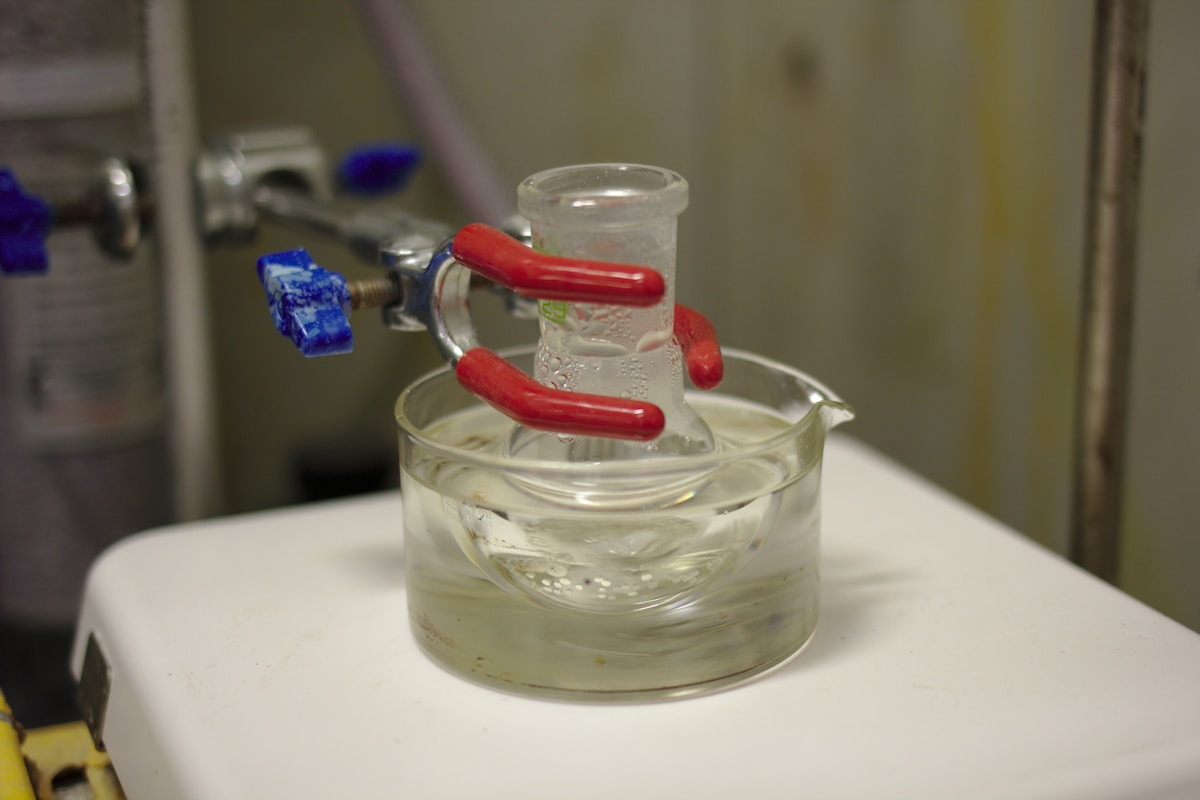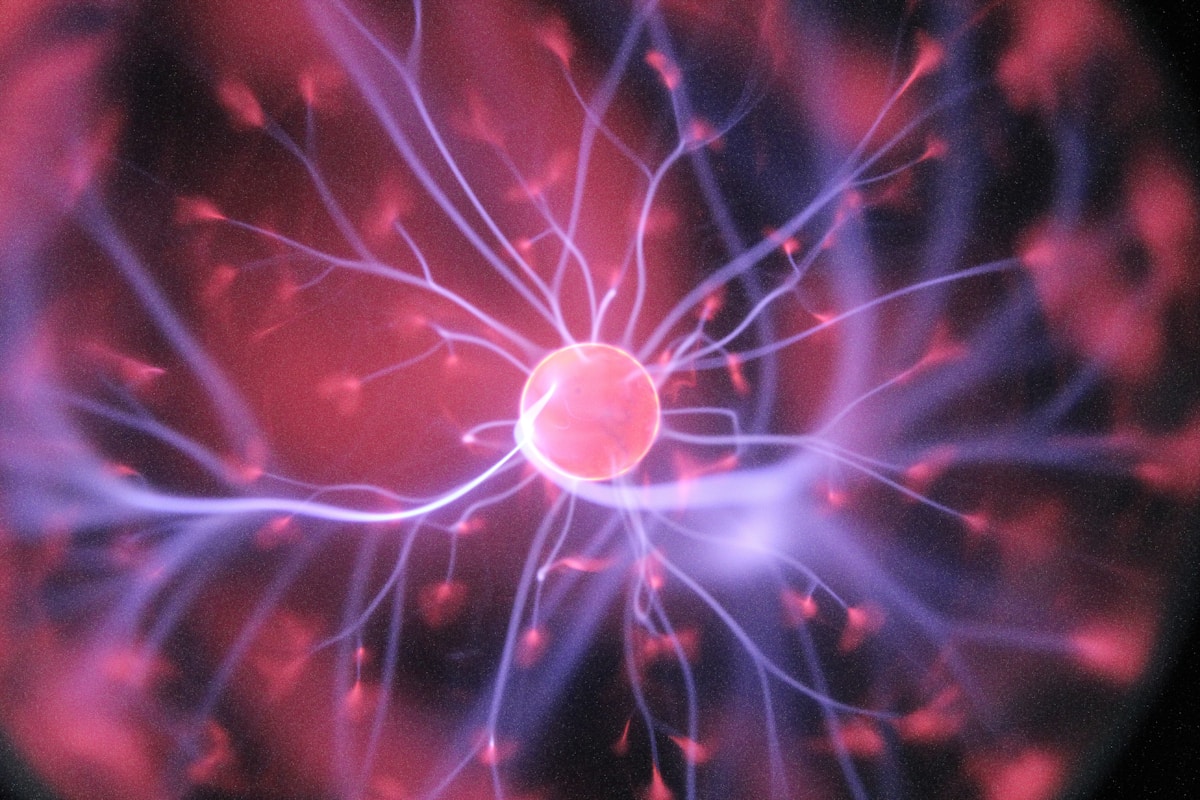What is Thermokinetics?

Thermodynamics concerns the energy that goes into and out of chemical reactions. Reactions can be classified as either exothermic or endothermic and they each mean the release and the absorption of energy in a system accordingly.
For the example of an exothermic reaction, conversion of water into ice demonstrates how energy can be released from the system. Water in a liquid stage has kinetic energy — its molecules are moving — but as this energy leaves the system in the form of heat transferring into the surrounding environment, the molecules slow down and eventually the water turns to solid (in the form of ice).
Heating up an ice cube transfers heat energy into the system of water molecules, causing them to move faster, become liquid, and perhaps even gas. If ice transitions from a solid-state to a gas state directly, this is known as sublimation.

A more complex example is the Calvin Cycle which you mentioned earlier. This reaction is on net endothermic — but with a twist. The Calvin Cycle’s reactants (initial ingredients) are water, carbon dioxide, and light energy, and its products are sugar and oxygen. To make sugar, energy must be put into the system to break up the H2O and CO2 molecules into individual carbon, hydrogen, and oxygen atoms.
Then, the individual atoms are recombined into new, complex sugar molecules. Charged ions are unstable and have a lot of potential energy, but once they bond, they stabilize and lose that potential energy. Therefore, the recombination of individual atoms removes energy from the system. The ability of many reactions, such as the Calvin Cycle, to have both endothermic and exothermic properties is an interesting aspect of thermodynamics.

Kinetics enables the calculation of how fast reactions occur. We can measure how much the concentration of a solution changes over a set period of time to determine the rate of the reaction. We can predict these rates using some fundamental gas laws:: higher temperatures, lower volumes, and higher pressures mean more particle collisions and subsequently faster reactions. Basic calculus can be utilized to calculate detailed information on how the rate of reaction changes over time.
These reactions are generally perceived to “start off quickly” and slow down over time. This is because, as the reaction progresses, the amount of reactants decreases, and thus the molecules are less likely to bump into each other to react.
On the other hand, as the quantity of products increases, these products start reacting with each other, producing our initial reactants in a “backwards” reaction. Eventually, the rate of the “forward” reaction in which products become reactants, and the rate of the “backward” reaction in which reactants become products, equalize. This is known as equilibrium.
Written by Mitchel Wang
Edited by Phillip Kim & Edred Opie